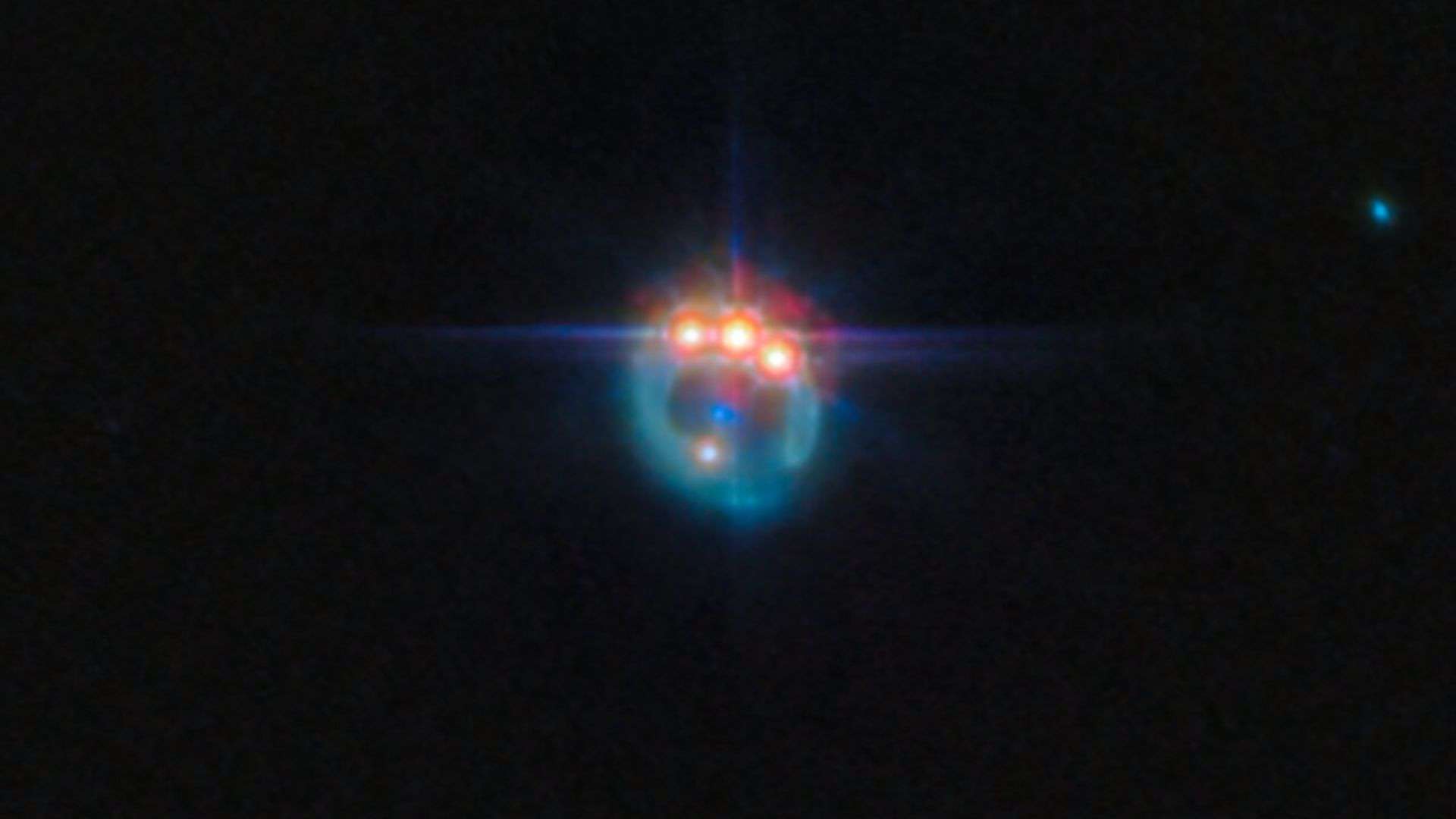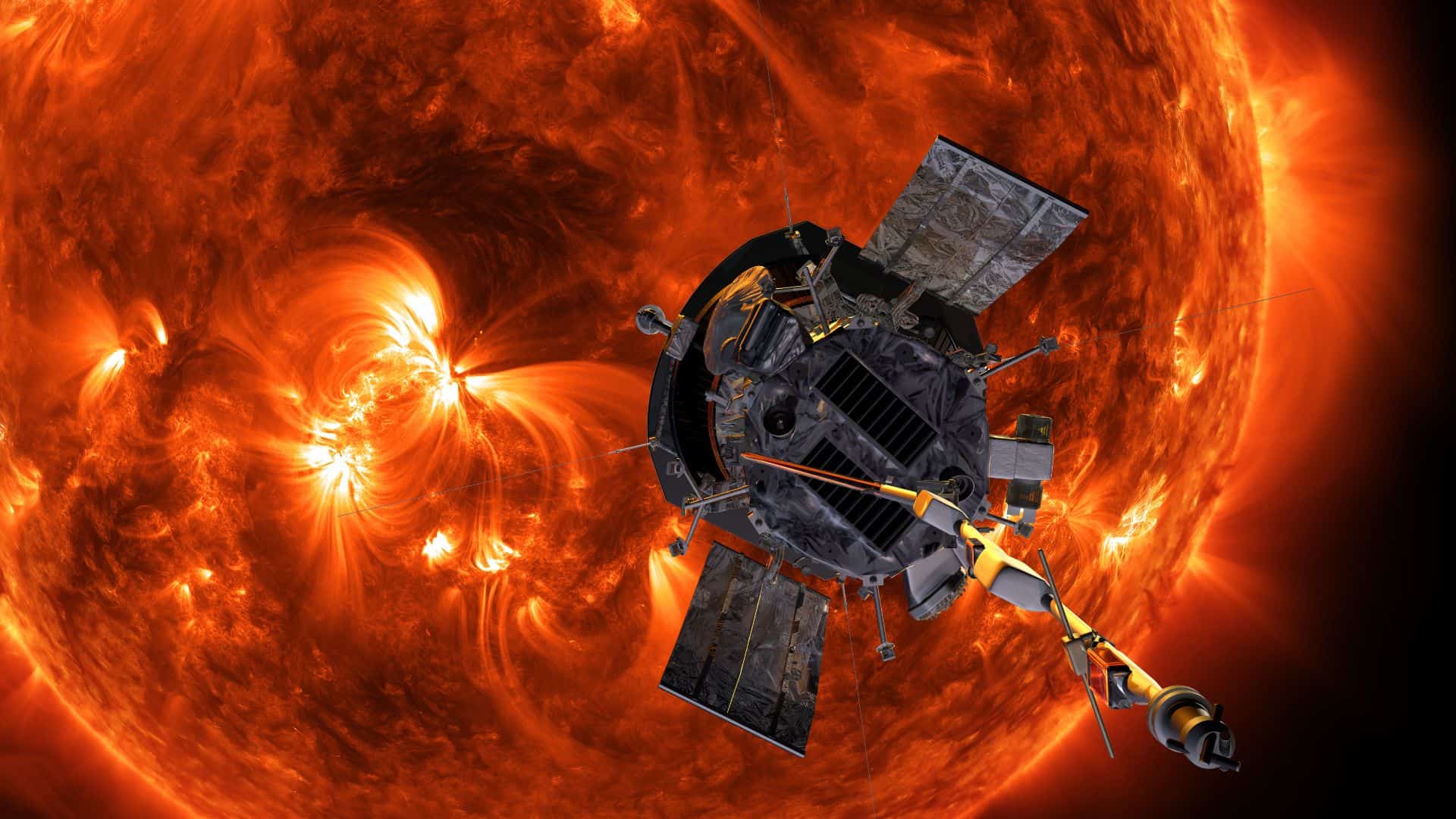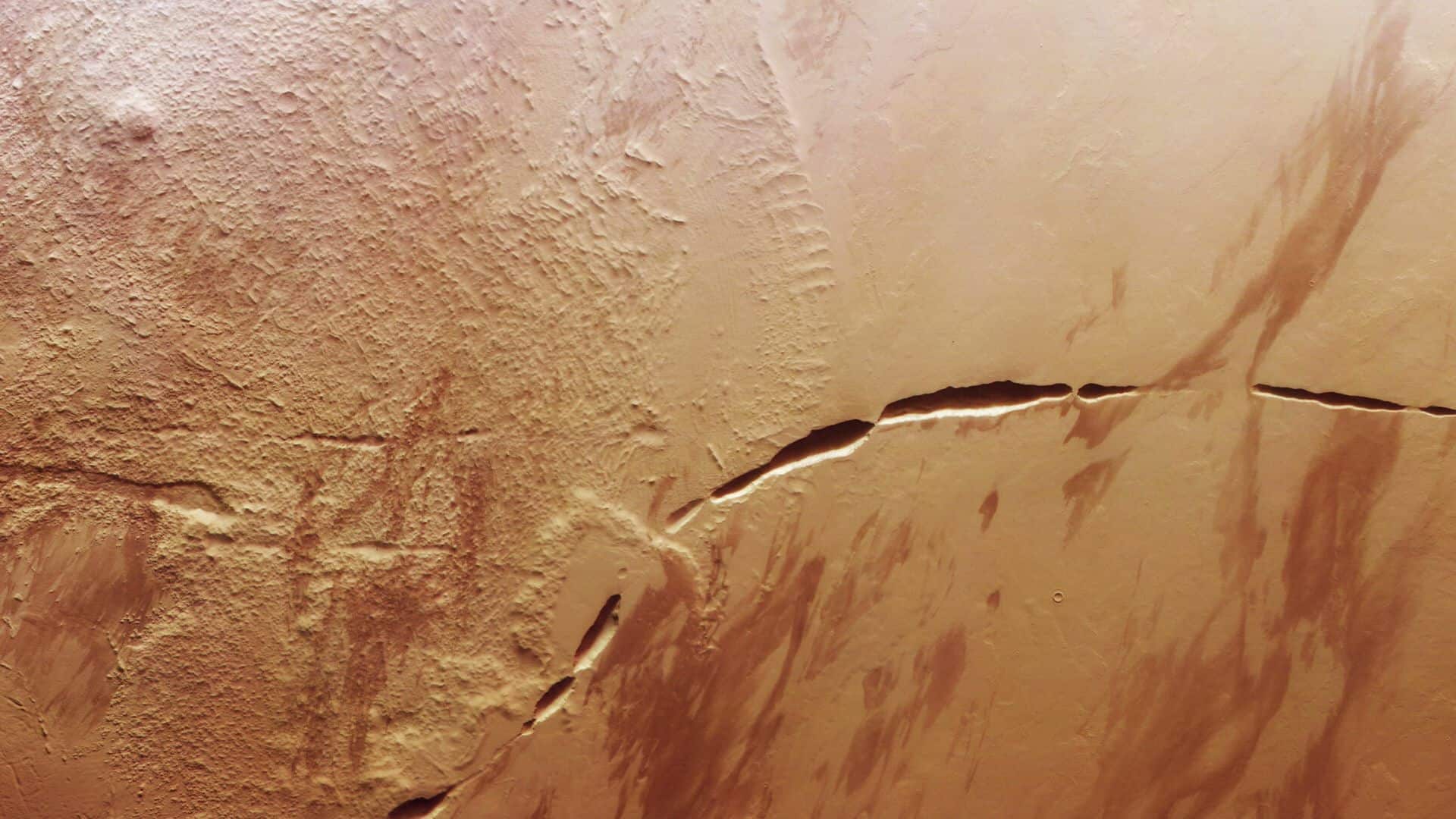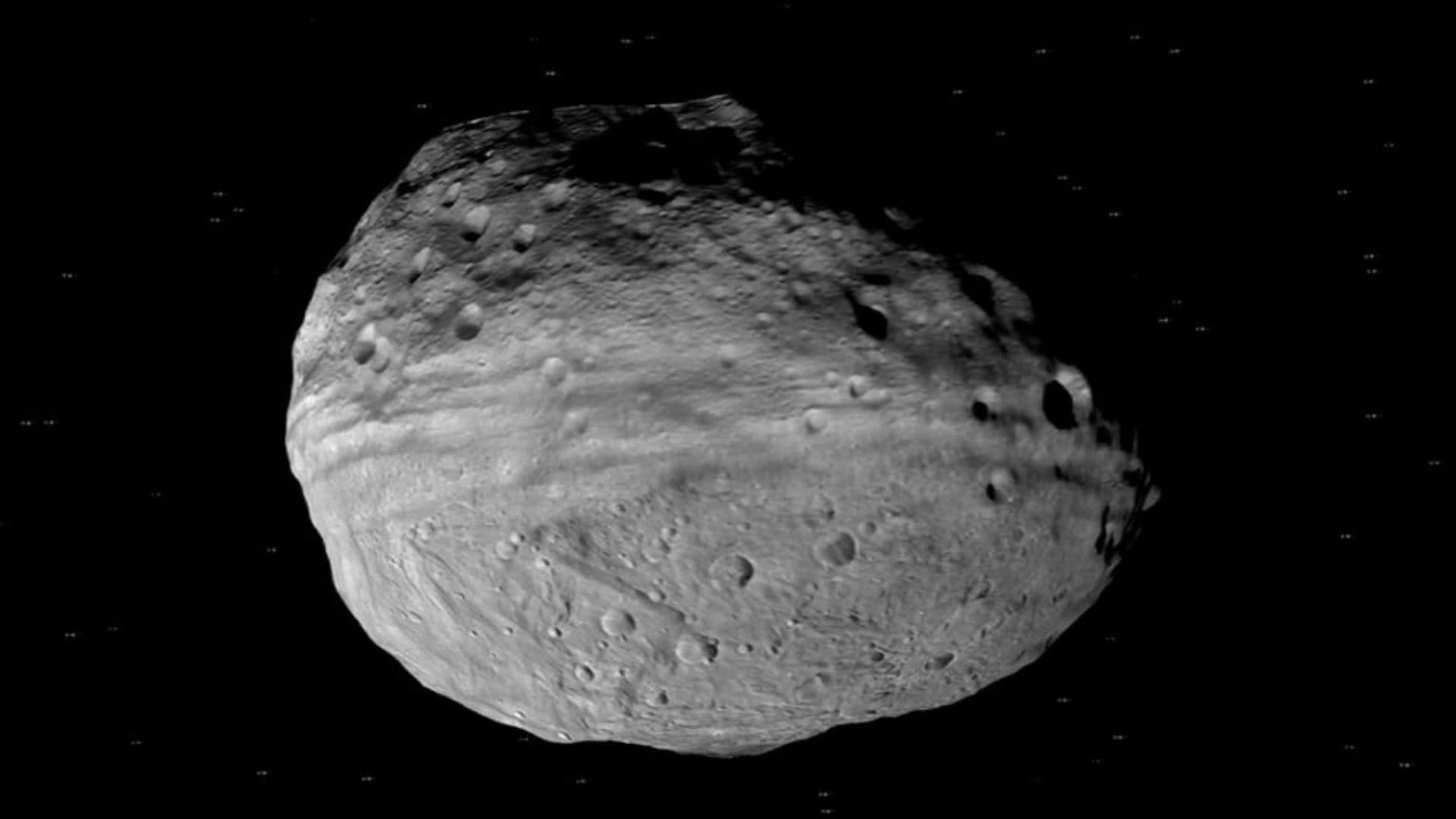NASA’s Lunar Reconnaissance Orbiter (LRO) has photographed Japan’s SLIM spacecraft on the lunar surface on January 24, 2024.
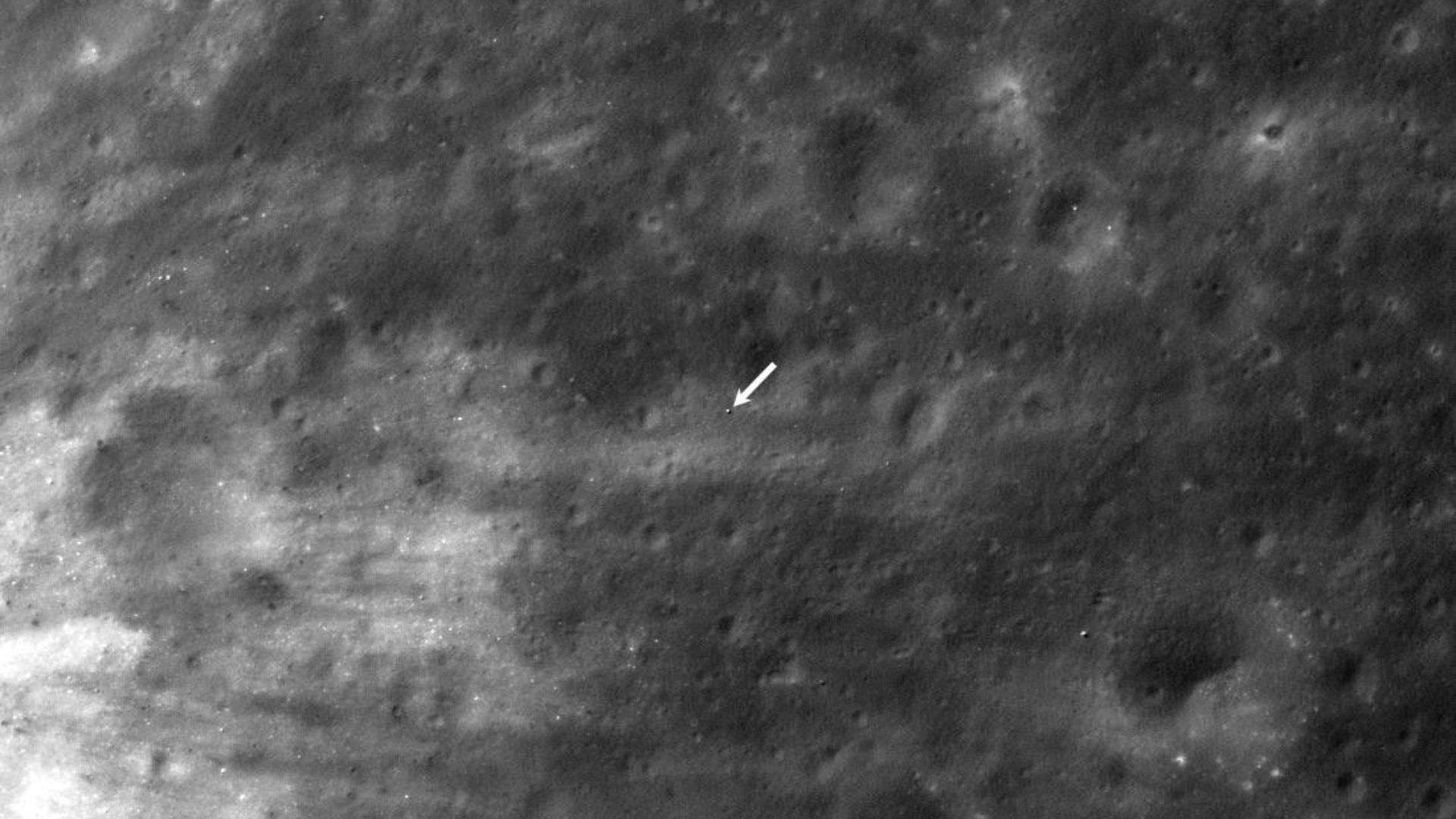
Japan’s SLIM (Smart Lander for Investigating Moon) spacecraft landed on the lunar surface on Friday, January 19, at 10:20 a.m. EST (or 15:20 UTC).
After the historic touchdown, Japan becomes the fifth nation to successfully land a spacecraft on the lunar surface after the Soviet Union, the U.S., China, and India.
After five days of successful landing, when NASA’s Lunar Reconnaissance Orbiter (LRO) was passing over the landing site, it captured the SLIM spacecraft on the lunar surface.
SLIM spacecraft has landed on the slope of Shioli crater on the lunar surface. The coordinates of the landing site are 13.3°S, 25.2°E, with an elevation of minus 2,992 feet (minus 912 meters).
“Bright streaks on the left side of the image are rocky material ejected from the nearby, relatively young Shioli crater” NASA’s Goddard Space Flight Center which manages LRO, said in a statement.
Lunar Reconnaissance Orbiter (LRO) captured the image when it was about 50 miles (80 km) above the lunar surface.
NASA’s Lunar Reconnaissance Orbiter (LRO) is a robotic spacecraft that has been orbiting the moon since 2009. Its detailed mapping of the lunar surface is essential for planning NASA’s future human and robotic missions to the Moon.
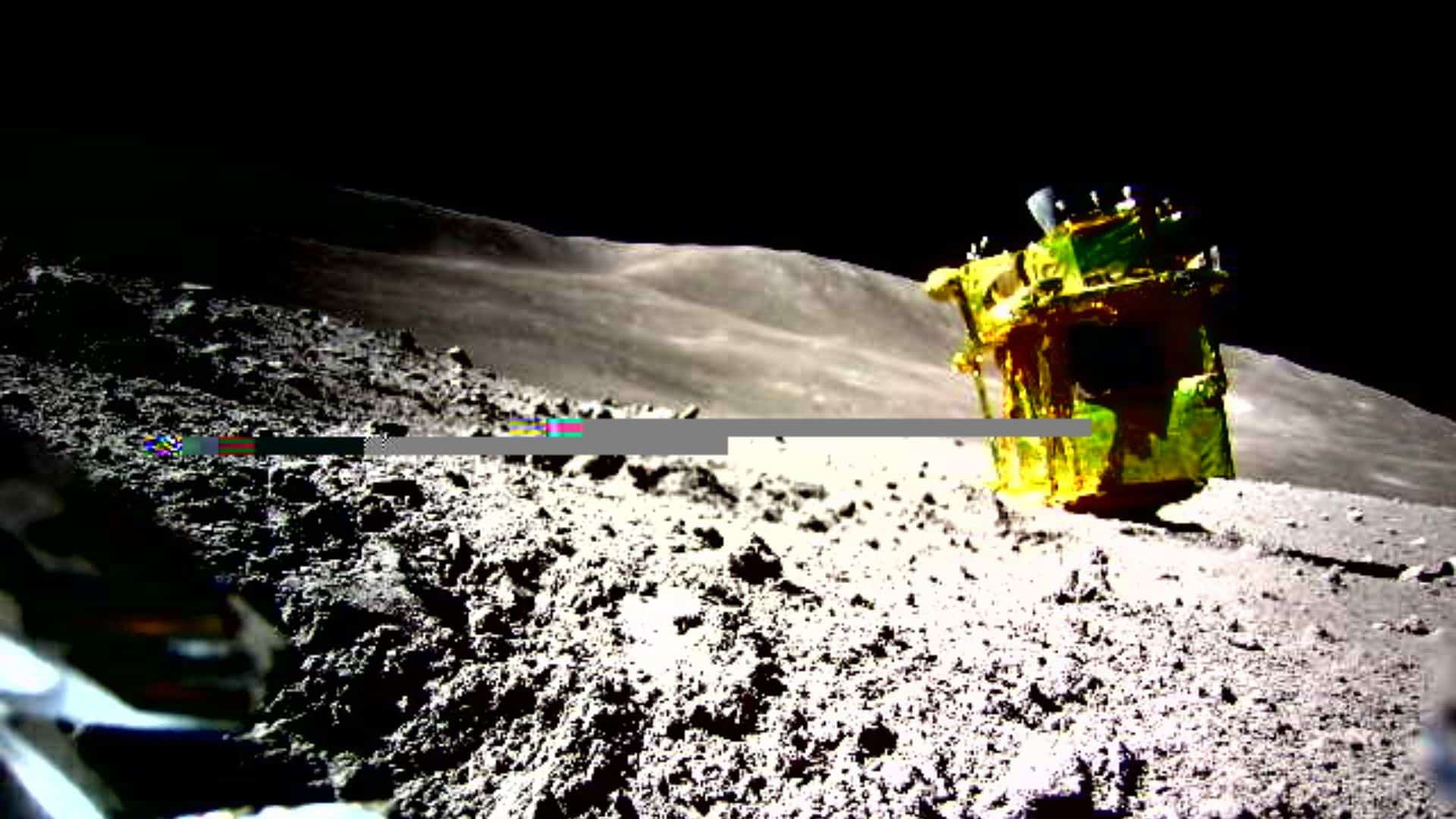
Despite the fact that the SLIM spacecraft landed upside down, its two small rovers (LEV-1 and LEV-2) are working perfectly on the lunar surface.
Currently, the spacecraft has been kept shut down intentionally on the lunar surface as its solar cells are not generating power and its internal battery level went down to 12%.
Solar cells of the spacecraft are facing west so when the sun will shine from the west there will be a possibility to revive the spacecraft.
The recovery of SLIM will continue to be attempted as the angle of the sunlight changes on the lunar surface, according to the latest report from Jaxa.
Please follow us on Facebook and Twitter to get latest space news, upcoming skywatching events and astronomy-related content.
